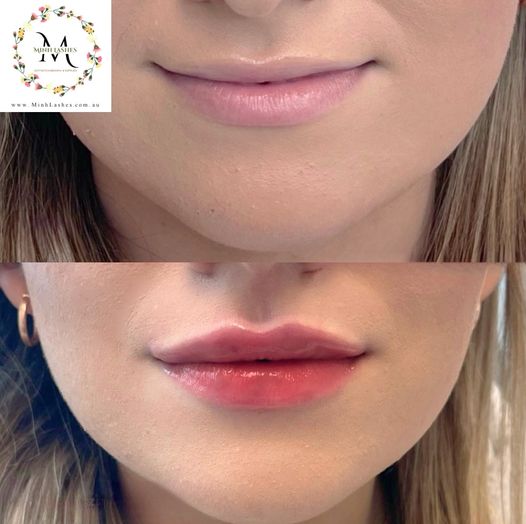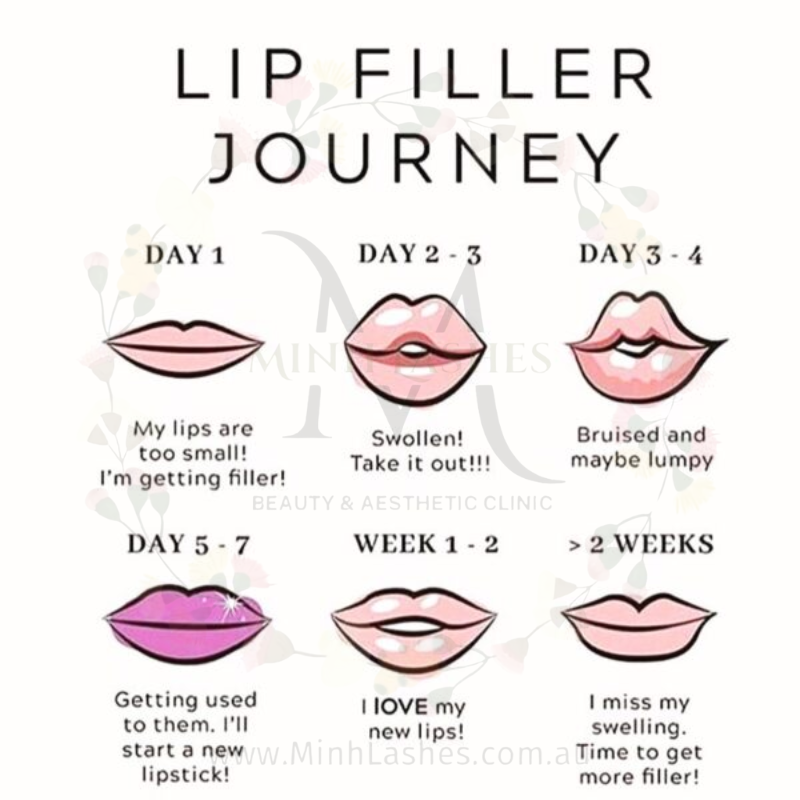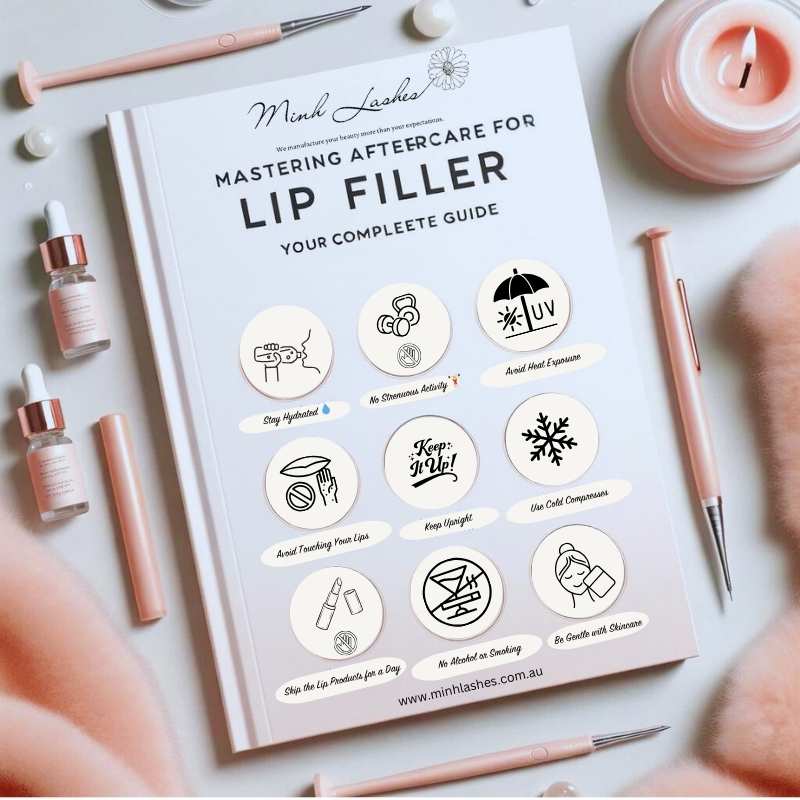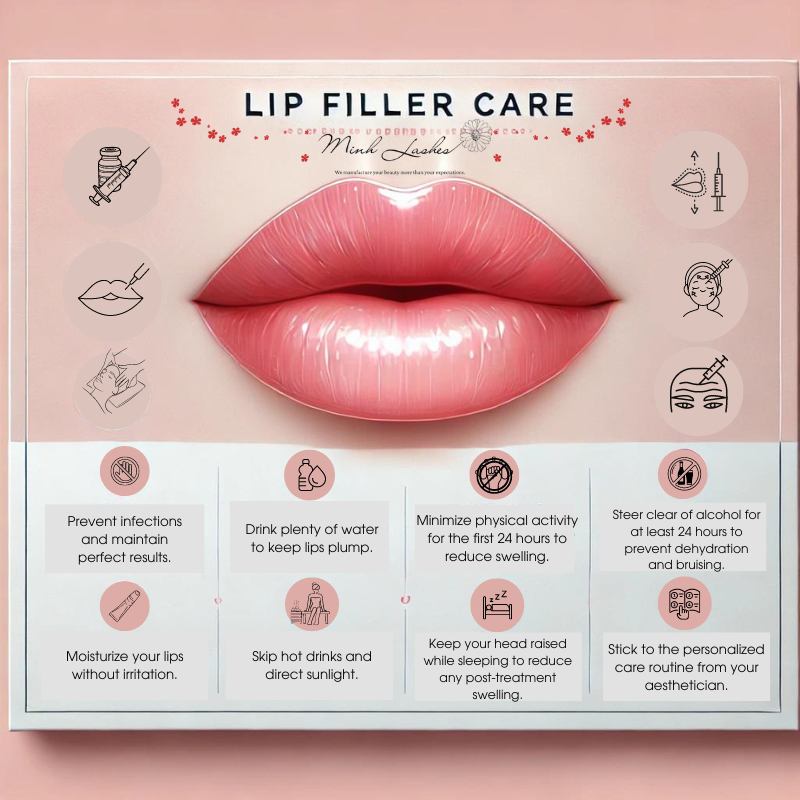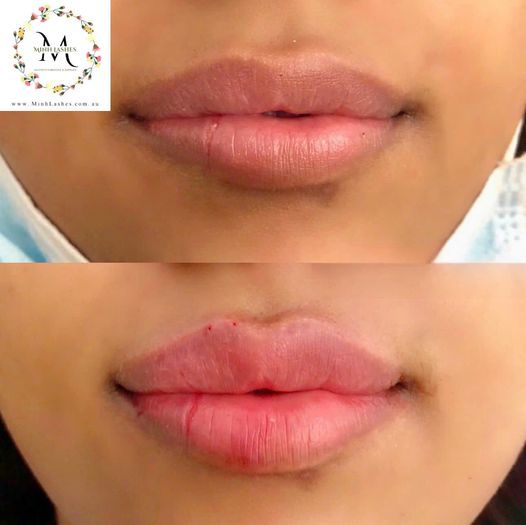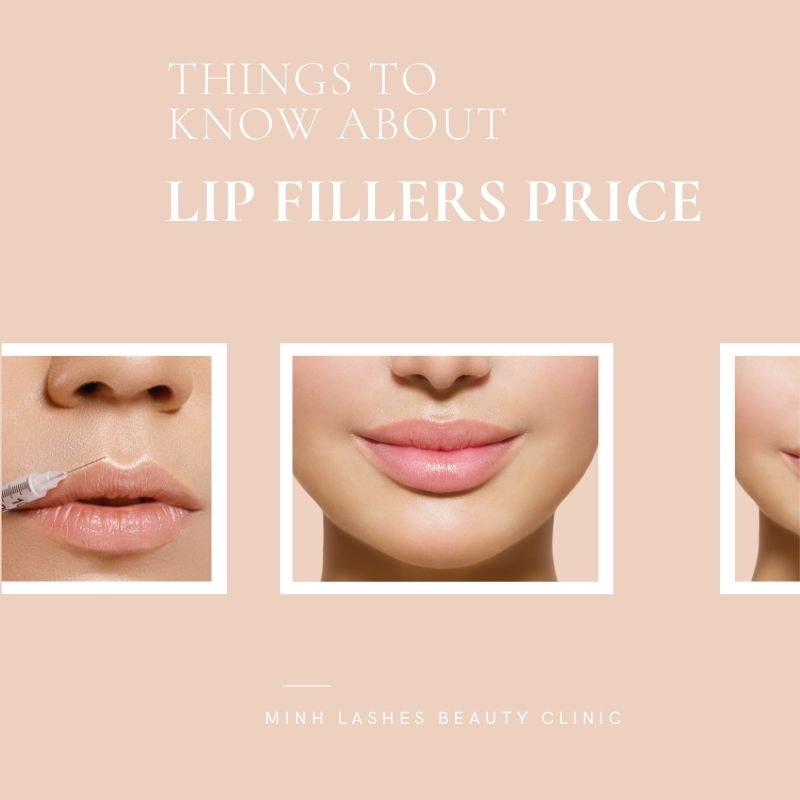No products in the cart.
The Dangers of Bad Lip Fillers: What You Need to Know
Bad Lip Fillers: 5 Warning Signs and How to Avoid Them
Table of Contents
- Introduction
- What Are Lip Fillers?
- The Rise of Bad Lip Fillers
- 5 Warning Signs of Bad Lip Fillers
- How to Avoid Bad Lip Fillers
- Choosing the Right Provider
- Aftercare and Maintenance
- Conclusion
Introduction
Lip fillers have become increasingly popular in recent years, with many people seeking that perfect pout. However, the rise in demand has also led to an increase in bad lip fillers. This blog post will explore the dangers of bad lip fillers and provide you with essential information to help you avoid becoming a victim of a botched procedure.
What Are Lip Fillers?
Lip fillers are injectable treatments designed to enhance the volume and shape of the lips. Typically, they consist of hyaluronic acid, a substance naturally found in the body. When performed correctly, lip fillers can create a subtle, natural-looking enhancement. However, when done poorly, the results can be disastrous.
The Rise of Bad Lip Fillers
The popularity of lip fillers has led to an influx of inexperienced practitioners offering the treatment. This increase in demand, coupled with a lack of regulation in some areas, has resulted in a rise in bad lip fillers. Many people are tempted by low-cost options or quick fixes, often with regrettable consequences.
5 Warning Signs of Bad Lip Fillers
- Uneven or Lumpy Appearance: One of the most common signs of bad lip fillers is an uneven or lumpy appearance. This can occur when the filler is not injected evenly or when too much filler is used in one area.
- Overfilled “Duck Lips”: Excessively filled lips that protrude unnaturally are often referred to as “duck lips.” This look is a clear indicator of bad lip fillers and can be both aesthetically displeasing and potentially harmful.
- Blue Tinge or Discoloration: If your lips develop a bluish tint or any unusual discoloration after getting fillers, it could be a sign of vascular occlusion, a serious complication that requires immediate medical attention.
- Persistent Pain or Swelling: While some discomfort and swelling are normal immediately after the procedure, persistent pain or excessive swelling could indicate an infection or other complications.
- Asymmetry: Noticeable asymmetry between the upper and lower lips or between the left and right sides of the mouth is a clear sign of poorly administered lip fillers.
How to Avoid Bad Lip Fillers
- Research Thoroughly: Before getting lip fillers, research the procedure, potential risks, and expected outcomes. Websites like RealSelf offer valuable information and patient reviews.
- Choose a Qualified Provider: Always opt for a licensed and experienced medical professional. Look for providers who specialize in cosmetic procedures and have a proven track record of successful lip filler treatments.
- Ask for Before and After Photos: Reputable providers should be able to show you examples of their work. This will give you an idea of their style and skill level.
- Understand the Product: Ask about the type of filler being used and ensure it’s FDA-approved. Reputable brands include Juvederm, Restylane, and Belotero.
- Start Conservatively: If it’s your first time getting lip fillers, start with a small amount. You can always add more later if desired.
Choosing the Right Provider
Selecting the right provider is crucial in avoiding bad lip fillers. Here are some tips:
- Check credentials and qualifications
- Read reviews from previous patients
- Schedule a consultation before committing to the procedure
- Ask about their experience specifically with lip fillers
- Ensure they have a good understanding of facial anatomy
Remember, a reputable provider will prioritize your safety and natural-looking results over quick profits.
Aftercare and Maintenance
Proper aftercare is essential to maintain the results of your lip fillers and prevent complications. Follow these tips:
- Avoid touching or massaging your lips for at least 24 hours after the procedure
- Stay hydrated and apply a gentle lip balm to prevent dryness
- Avoid strenuous exercise for 24-48 hours
- Don’t use lipstick or other lip products for at least 24 hours
- Attend follow-up appointments as recommended by your provider
Conclusion
Bad lip fillers can have serious consequences, both aesthetically and health-wise. By being informed, choosing a qualified provider, and following proper aftercare instructions, you can significantly reduce the risk of ending up with bad lip fillers. Remember, your safety and satisfaction should always be the top priority when considering any cosmetic procedure.
If you’re considering lip fillers, take the time to research and consult with reputable providers in your area. Your lips deserve the best care possible, and with the right approach, you can achieve the natural, beautiful results you desire.
Have you had experience with lip fillers? Share your thoughts and experiences in the comments below!
Read More:
- Botox for Masseter Muscles: A Complete Guide to Jaw Slimming Treatment
- Masseter Botox: A Modern Solution for Jaw Tension and Teeth Grinding
- Juvederm Everything You Need to Know About It: A Complete Guide to 1 Facial Fillers
- Rejuran Before and After: A Guide to Understanding the Results
- Classic Eyelash Extensions: Everything You Need to Know Before Your First Appointment
Related Posts:
-
Do Lip Fillers Hurt? Understanding the Procedure and Pain Level
-
1ml Lip Filler Before and After: What to Expect from Your Treatment
-
The Impact of 0.5 ml Lip Fillers on Thin Lips: A Subtle Enhancement
-
Understanding the 0.5 ml Lip Filler Swelling Stages: A Comprehensive Guide
-
Lip Fillers Lips: Everything You Need to Know About Enhancing Your Lips
-
Lip Fillers Gone Wrong: What You Need to Know
-
Lip Fillers Before and After 1ml: What to Expect from Your Treatment
-
The Real Cost of Lip Fillers: Understanding Lip Filler Prices
-
The Ultimate Guide to Lip Filler Injection: What You Need to Know
-
Understanding and Managing Lip Filler Bruising: What You Need to Know
-
Everything You Need to Know About Dissolving Lip Filler
-
Mastering After Care Lip Fillers: Your Complete Guide
-
Post Lip Filler Care: Essential Tips for Optimal Results
-
The Natural Lip Filler Revolution: Enhancing Your Pout Naturally
-
Lip Flip vs Filler: Which Lip Enhancement Option is Right for You?
-
Understanding Lip Fillers Price: What to Expect and Why It Varies



